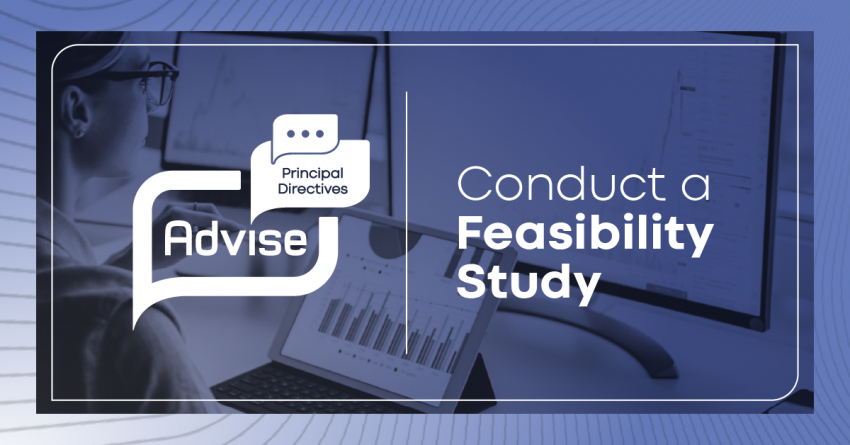Guidance for AEC Industry Firm Management and Principals
Recently, MARKETLINK was contacted by a multi-disciplined engineering firm to assist with some market research of two different geographic locations. The firm leadership was debating whether new geographic locations would support additional offices. Before making this strategic company decision, management needed some intel on these surrounding markets. We conducted an AEC feasibility study of two potential markets.
Market research can help firms understand local culture, evaluate the competition, secure investments, evaluate the workforce, uncover gaps in the market, realize new target markets, develop marketing strategies, and much more.
What is a Feasibility Study?
Essentially, an AEC feasibility study is a predictive analysis of a new venture, project, service, location, or other business venture that takes many factors into account including:
- Economic
- Industry/Market
- Technical
- Demographic
- Legal
- Competition
Market research studies have the power to uncover extremely valuable information for those looking to pursue a new project or new location in the near future. A feasibility study is helpful in determining all aspects of the project, location, venture, etc. by uncovering any potential problems, and determining if the idea is worth the time and effort for the firm.
Three Benefits of an AEC Feasibility Study
Increased Chances of Success
AEC firm leaders do not go into new locations or develop new services with a full understanding of the effort. The decision to choose a location or type of new service depends on client interest, competitor advantage, saturation of the market, and likelihood to generate a greater return on investment.
A feasibility study gathers this type of insight in a matter of weeks. The information uncovered can encourage major managerial, marketing, and business development strategies. It is far superior than basing a major investment on guesses and assumptions.
Data-Based Decision-Making
Say after conducting a feasibility study, your market research discovers 76% of respondents in your target market are likely to use electrical engineering services, but not mechanical engineering services in this new location due to a successful competitor in the area.
This data point could be exciting for your electrical team, but decisions will need to be made regarding positioning your mechanical services. Having this information upfront, before decisions are made will help inform your relocation strategy.
Market research provides an insight into this type of client knowledge.
Tailored Information Gathering
Each feasibility study is unique and should be designed with your specific firm needs in mind. A recommended four-component study using a combination of qualitative and quantitative research methods such as:
- In-depth interviews (IDIs) with key stakeholders in target markets in the geographic area
- Market analysis and demographic trends of the market area
- Competitive analysis of similar firms in the market area
- Survey with clients who match the demographic
Firm leaders can use market research tactics to help shape the future plans for the firm. Before making any major decisions about markets, locations, project investments, and other business ventures, remember that market research can provide the answers you need with just a small upfront investment of time and effort.






